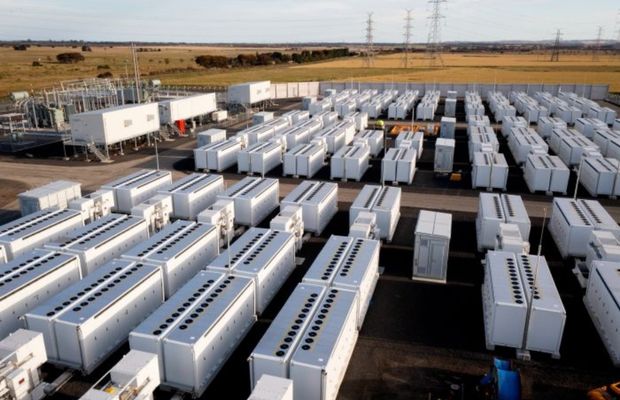The integration of battery energy storage with the smart grid represents a transformative approach to creating a more resilient, efficient, and sustainable energy infrastructure. This synergy is pivotal in addressing the complexities of modern energy demands, integrating renewable energy sources, and enhancing grid stability. Here’s how battery energy storage and the smart grid are working together to revolutionize energy infrastructure:

1. Enhancing Grid Stability and Reliability
Smart grids, equipped with advanced monitoring and control capabilities, can dynamically manage energy flows to maintain grid stability. battery energy storage plays a crucial role by providing rapid response capabilities to balance supply and demand fluctuations. This is especially important with the increasing penetration of intermittent renewable energy sources, such as wind and solar power. battery energy storage can store excess energy generated during peak production times and release it when demand exceeds supply, preventing outages and maintaining consistent power quality.
2. Facilitating Renewable Energy Integration
The intermittent nature of renewable energy sources poses a challenge to maintaining a consistent and reliable energy supply. battery energy storage integrated into smart grids can store renewable energy when production exceeds demand, mitigating the variability and ensuring a steady supply of green energy. This storage capability is key to increasing the share of renewables in the energy mix, reducing dependence on fossil fuels, and moving towards a more sustainable energy future.
3. Improving Energy Efficiency
Smart grids aim to optimize the production, distribution, and consumption of electricity, enhancing overall energy efficiency. battery energy storage contributes to this goal by reducing energy losses in transmission and distribution, minimizing the need for energy generation from less efficient peaking power plants, and enabling consumers to use stored energy during peak demand periods when prices are higher.
4. Supporting Demand Response Programs
Demand response programs are designed to manage the energy consumption of consumers during peak periods. battery energy storage, combined with the smart grid’s communication capabilities, allows for more sophisticated and effective demand response strategies. Consumers can be incentivized to use energy stored in batteries during peak times, reducing the overall demand on the grid and preventing overloading of the system.
5. Enabling Distributed Energy Systems
The smart grid facilitates the integration of distributed energy resources (DERs), including rooftop solar panels and local battery energy storage, into the broader energy network. This decentralized approach enhances grid resilience by diversifying energy sources and reducing the impact of failures or disruptions in any single energy source or infrastructure component. battery energy storage is essential for managing the energy produced by these distributed resources, ensuring that it is available when and where it is needed most.
6. Promoting Energy Autonomy and Security
By enabling more efficient use and distribution of locally generated renewable energy, battery energy storage and smart grids together promote energy autonomy for communities and reduce vulnerability to external energy supply disruptions. This is particularly important for enhancing national energy security and providing reliable energy access in remote or underserved areas.
7. Facilitating Advanced Grid Services
Battery energy storage integrated into smart grids can provide a range of advanced services, such as frequency regulation, voltage support, and black start capabilities. These services are crucial for maintaining grid performance and reliability, especially as the energy landscape becomes more complex with the addition of variable renewable energy sources and new forms of demand, such as electric vehicle charging.
Conclusion
The combination of Battery Energy Storage Systems and smart grid technology is foundational to building a more resilient, efficient, and sustainable energy infrastructure. As these technologies continue to evolve and synergize, they will play a crucial role in transforming the energy landscape, enabling a transition to a more flexible and decentralized system that can meet the challenges of the 21st century while supporting the global shift towards sustainability.
